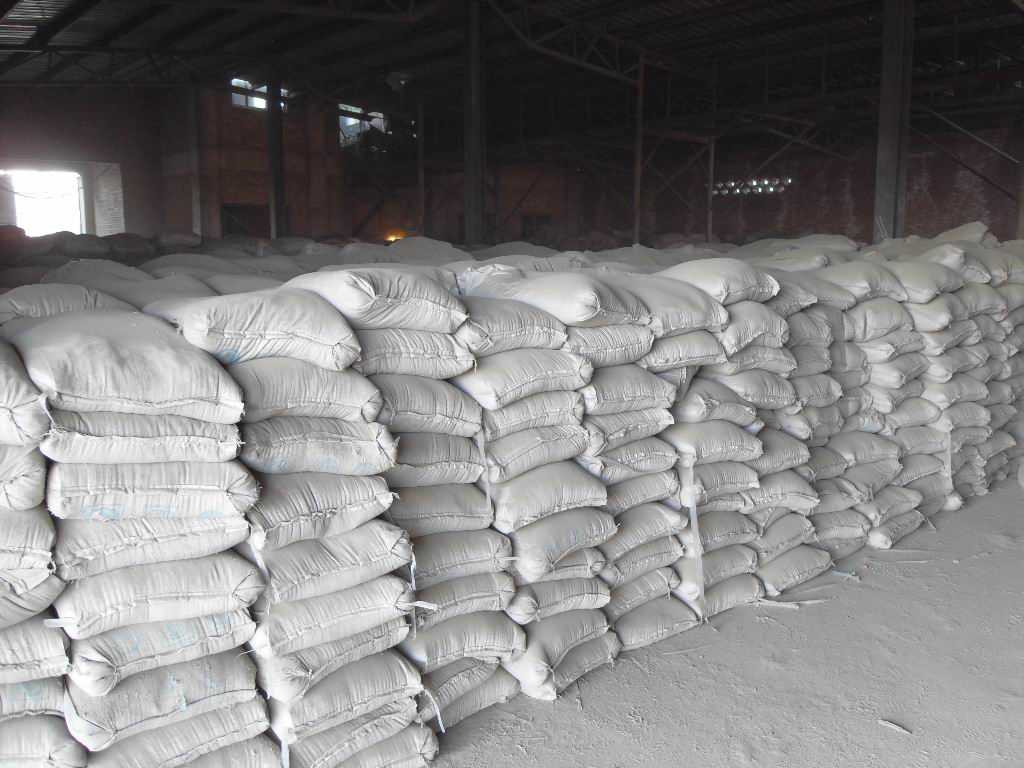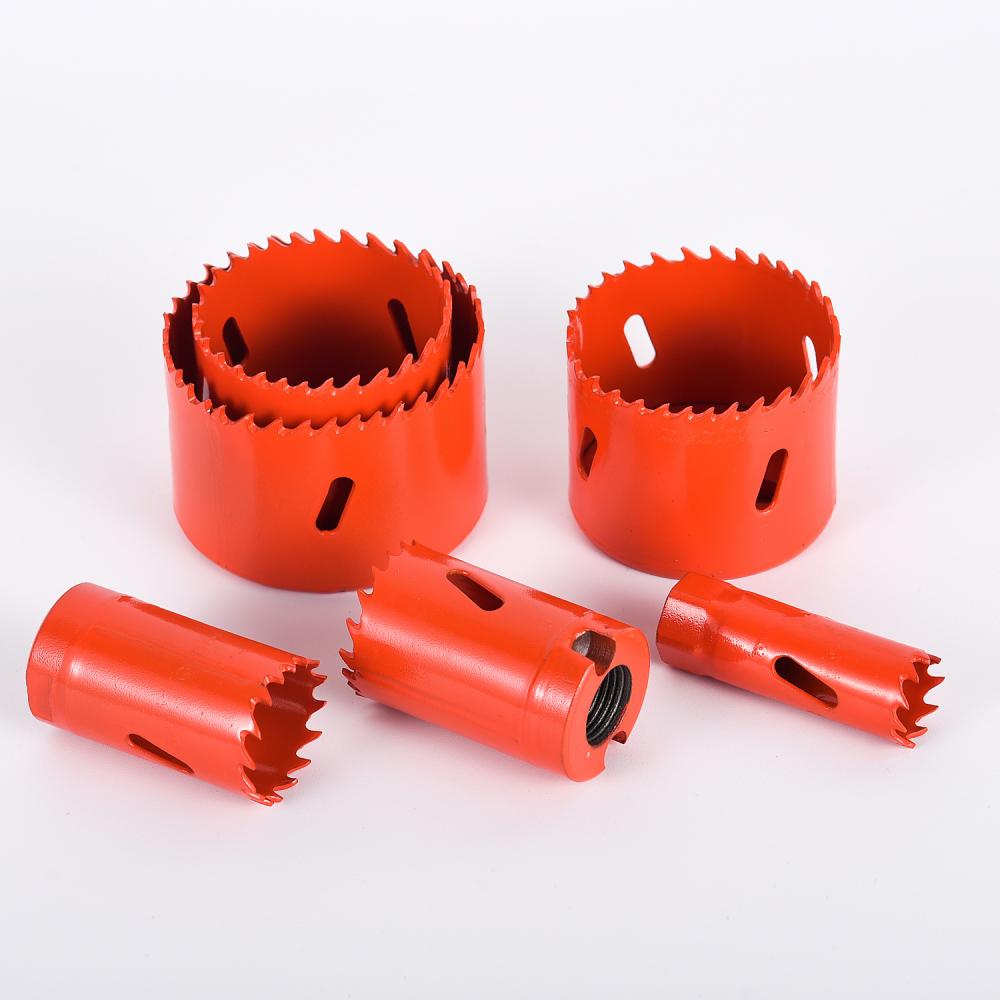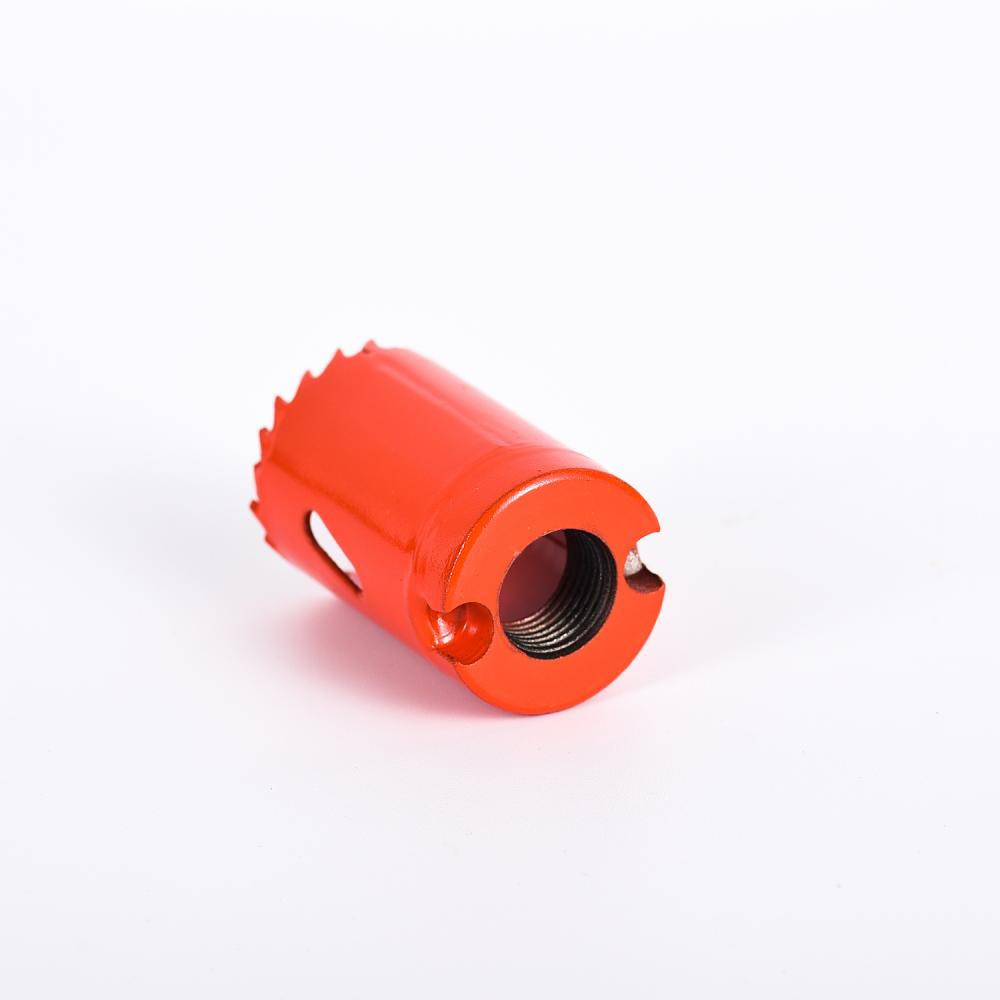The main technical performance indicators of cement are as follows: (1) Specific gravity and bulk density: The specific gravity of common cement is 3:1, and the bulk density is usually 1300 kg/m3. (2) Fineness: refers to the thickness of cement particles. The finer the particles, the faster the hardening and the higher the early strength. (3) Condensation time: The time required for cement to add water to start coagulation is referred to as the initial setting time. The time required to complete the stirring from the addition of water is called the final setting time. The initial setting time of Portland cement is not earlier than 45 minutes and the final setting time is not later than 12 hours. (4) Strength: Cement strength should meet national standards. (5) Volume stability: refers to the uniform performance of cement volume change in the hardening process. The cement contains many impurities and will produce uneven deformation. (6) Heat of hydration: The effect of cement and water will produce an exothermic reaction. In the process of cement hardening, the constant release of heat is called heat of hydration. There are five types of commonly used cement: (1) Portland cement: Portland cement clinker containing calcium silicate as the main component is added by adding a proper amount of gypsum. (2) Ordinary portland cement: It is made of Portland cement clinker, added with appropriate amount of gypsum and mixed materials. (3) Slag Portland cement: It is made from Portland cement clinker, mixed with appropriate amount of granulated blast furnace slag and gypsum. (4) Pozzolanic Portland cement: It is made by mixing and grinding fine Portland cement clinker and pozzolanic material and gypsum. (5) Fly ash portland cement: Made of Portland cement clinker and fly ash, mixed with appropriate amount of gypsum and ground. The common cement labels are: No.225, No.275, No.325, No.425, No.525, No.625 and so on. Their tensile strength is different because of different varieties, and their labels are different. The MPa value is between 2.8-4.5 and 3.4-8.0. Decorative cement is often used to decorate the surface of a building. It is simple, easy to mold, easy to maintain, and inexpensive. Varieties are: (1) White Portland cement: Calcium silicate as the main component, plus a small amount of iron clinker and the appropriate amount of gypsum ground. (2) Color Portland cement: White Portland cement clinker and high-quality white gypsum, mixed with pigments and admixtures, are ground together. Common color additive pigments are iron oxide (red, yellow, brown, black), manganese dioxide (brown, black), chromium oxide (green), cobalt blue (blue), ultramarine blue (indigo), peacock blue (sea blue) ), carbon black (black) and so on. Decorative cement is similar to Portland cement in that it has the same construction and maintenance, but it is relatively easy to pollute and the instruments and tools must be clean. Yellow sand cement optional hardware cement decoration
Cut rounded holes in wood, plastic, PVC and ABS with this Hole Saw set! Made of heat treated 45 carbon steel this hole saw kit can easily withstand the rigors of cutting circles in wood, plasterboard or drywall. Features include a black oxide finish to prevent rust and pilot bit with a 135 degree split point for fast, With this powerful hole saw set, you`ll be able to drill large diameter holes quickly and efficiently.
Bi-Metal Hole Saw,Bi-Metal Cutting Tool,Hole Saw Set Bi-Metal,Constant Hole Saw Behappy Crafts (suzhou)Co.,Ltd , https://www.haoyuebehappy.com
Maca Hardware
Recommended reading:
>>> Pots and Pans Symphony 18 Figure Small G's mini kitchen opening documentary
>>> The passion of the Mediterranean and the countryside collided with 150,000 luxury homes

